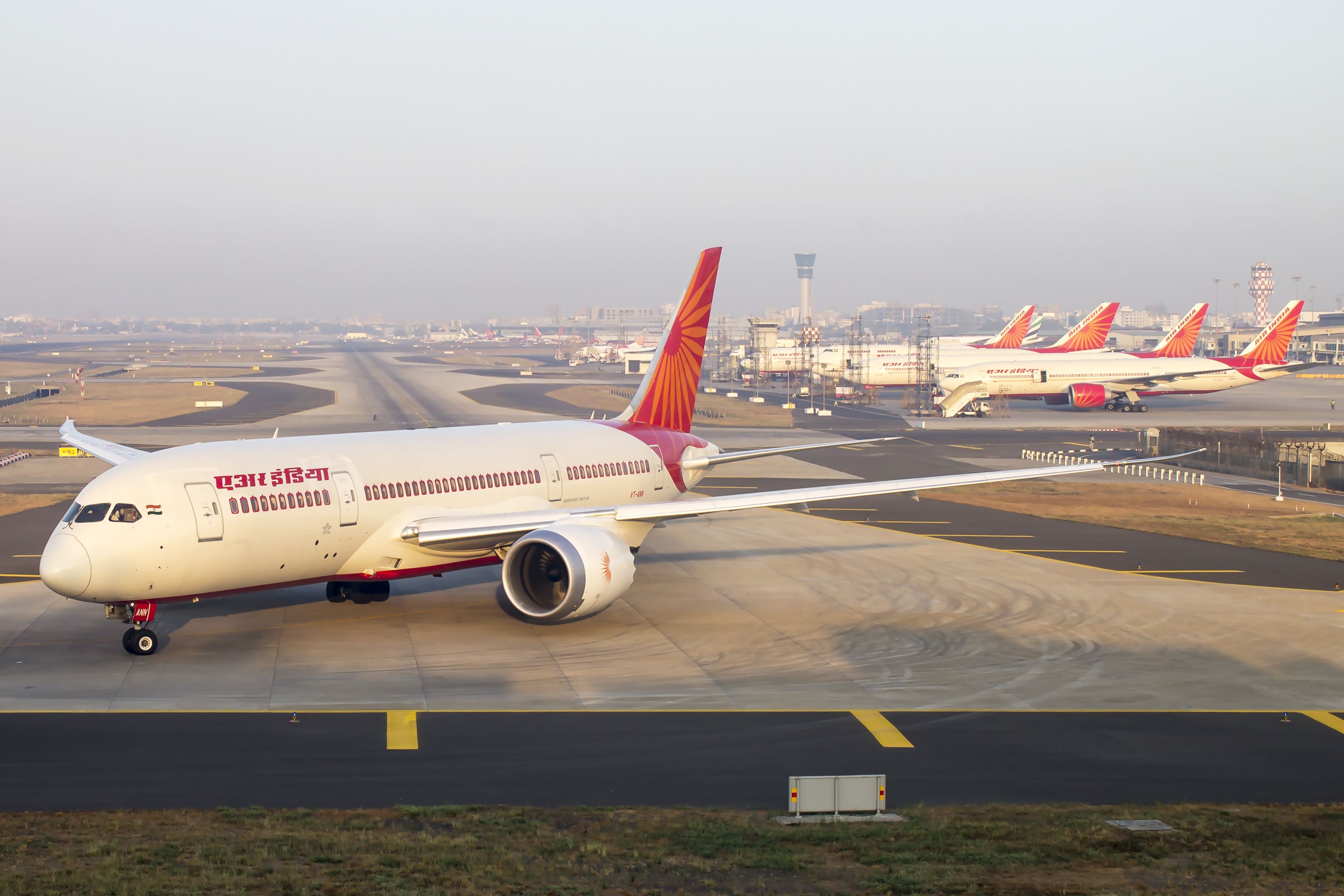Air India’s Chief of Flight Safety Faces Month-Long Suspension Over Safety Lapses

Air India’s Chief of Flight Safety Faces Month-Long Suspension Over Safety Lapses
In a significant development, the Directorate General of Civil Aviation (DGCA) has taken strict action against Air India‘s Chief of Flight Safety, suspending the official for a month. This move comes in response to the findings of a DGCA surveillance operation, which revealed serious deficiencies in the airline’s accident prevention efforts and the availability of essential technical manpower, as specified in the approved Flight Safety Manual and relevant Civil Aviation Requirements.
The suspension of Air India’s Chief of Flight Safety underscores the paramount importance of safety in the aviation industry, where the lives of passengers and crew depend on rigorous safety measures and protocols. This article aims to delve deeper into the reasons behind the suspension, the implications for Air India, and the broader significance of such actions in ensuring the safety of air travel.
Safety as the Top Priority
Safety has always been the top priority in the aviation sector. Every aspect of air travel, from the design and maintenance of aircraft to flight operations and passenger services, is governed by stringent safety regulations. The role of a Chief of Flight Safety is pivotal in upholding these standards, as they are responsible for overseeing and implementing safety measures within an airline.
Air India, as one of India’s prominent carriers, carries a significant responsibility in ensuring the safety of its passengers. The suspension of its Chief of Flight Safety reflects the DGCA’s commitment to maintaining high safety standards across all airlines operating in the country.

The DGCA’s Findings
The DGCA’s decision to suspend Air India’s Chief of Flight Safety stemmed from a comprehensive surveillance operation conducted by the regulatory body. This operation aimed to assess the airline’s adherence to safety protocols and compliance with aviation regulations.
The findings of the DGCA’s surveillance operation were concerning. It revealed deficiencies in Air India’s accident prevention work, a critical aspect of ensuring the safety of air travel. Additionally, the DGCA noted shortcomings in the availability of the required technical manpower, as specified in the approved Flight Safety Manual and relevant Civil Aviation Requirements. These findings indicated a lapse in the airline’s commitment to maintaining and improving safety standards.
Accountability and Consequences
Accountability is a fundamental principle in aviation safety. When lapses are identified, it is imperative that those responsible face consequences to prevent similar incidents in the future. The suspension of Air India’s Chief of Flight Safety serves as a clear example of this principle in action.
By taking this step, the DGCA sends a strong message to both Air India and the wider aviation industry that lapses in safety will not be tolerated. The one-month suspension is a measured response, aimed at addressing the issues identified while allowing the airline time to rectify the deficiencies.

Air India’s Response
Air India has not taken the suspension of its Chief of Flight Safety lightly. The airline has expressed its commitment to safety and has pledged to cooperate fully with the DGCA’s directives. In response to the findings, Air India has initiated corrective measures to rectify the identified deficiencies promptly.
It is important to note that Air India’s reputation is at stake in this situation. Passengers, stakeholders, and aviation authorities are closely monitoring the airline’s actions in response to the suspension. The manner in which Air India addresses the concerns raised by the DGCA will have a significant impact on its standing in the industry and the confidence of its passengers.
Broader Implications for Air Travel
The suspension of a Chief of Flight Safety at a major airline like Air India has broader implications for the aviation industry as a whole. It serves as a stark reminder that safety cannot be compromised in any way, and those entrusted with ensuring it must be held accountable.
Other airlines operating in India and around the world are likely to take note of this incident. It highlights the importance of maintaining vigilance in safety practices and the need for continuous improvement and adherence to established safety protocols. Airlines may now intensify their own internal safety audits and reviews to avoid finding themselves in a situation similar to Air India’s.
The Way Forward
In the wake of this suspension, both Air India and the DGCA have a critical role to play in ensuring that safety lapses are promptly addressed and prevented in the future. It is incumbent upon Air India to not only rectify the deficiencies pointed out by the DGCA but also to instill a culture of safety consciousness throughout the organization.
The DGCA, on the other hand, must continue its vigilance and oversight of all airlines operating in India. Regular safety audits, inspections, and transparent reporting mechanisms are vital to maintaining the highest safety standards in the aviation sector.

Conclusion
In conclusion, the suspension of Air India’s Chief of Flight Safety by the DGCA is a powerful reminder of the paramount importance of safety in the aviation industry. It serves as a wakeup call to all airlines that lapses in safety protocols and oversight will be met with serious consequences.
As air travel continues to be a crucial mode of transportation for millions of people worldwide, the aviation industry must remain unwavering in its commitment to safety. The actions taken by regulatory bodies like the DGCA are pivotal in ensuring that passengers can board an aircraft with the confidence that their safety is the top priority. Air India’s suspension is not just a disciplinary measure; it is a reaffirmation of the industry’s dedication to the safety and well-being of all those who take to the skies.



